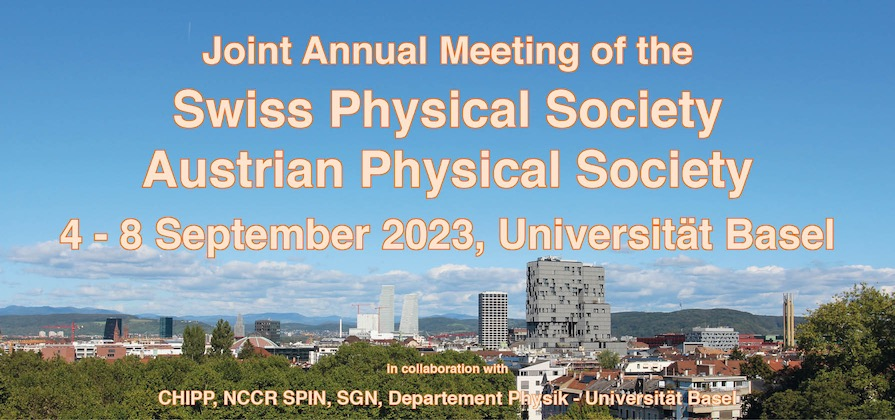Speaker
Description
Hadron collisions at large accelerators have proven amazingly efficient in exploring the elementary particles and their interactions. The first important milestone was the discovery at CERN in 1984 of the W and Z bosons, mediators of the electroweak interaction. Then in 1995 the TeVatron, at Chicago, found the last known constituent of matter: the top quark. Finally at CERN, after a long design and construction period, the largest ever particle accelerator, the LHC, was commissioned in 2010. After a short operation period, the large collaborations ATLAS and CMS were able to announce the discovery of the Higgs boson, in 2012. With the ever-increasing performances of the LHC, this new particle is now observed in many production and decay modes. The wealth of data gathered and combined by powerful statistical methods allows to verify the theory of the Standard Model with an excellent accuracy. It also offers many possibilities to hunt for deviations, which would indicate a sign of new physics.
